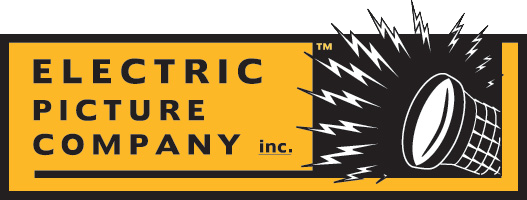After 30-plus years in the business, we’re closing TapeOnline, aka Electric Picture Company. It's been a good run, indeed.
My old friend, Greg Griffith, and I started EPC in 1993, renting video equipment for television production. Seven years later, in 2000, we expanded into selling video tape online (hence the name).
These were the very early days of e-commerce, so early that it wasn't clear whether shopping cart calculations should be done on the hosting server or the client's computer -- the server side won. We even hosted the first EPC and TapeOnline websites in our Logan Street building over a state-of-the-art, 128-kilobit ISDN phone line connected to a $10,000 HP dual-486DX server.
TapeOnline provided a good living for the young folks who made it possible. Yes, we were once young. We honed our business chops and coding skills selling recording media to customers all over the world. E-commerce, as common as it is today, was extremely uncommon then. We were the cutting edge. The hidebound, low-margin, niche industry we inhabited had never seen anything like TapeOnline.
Success allowed us to buy homes, start families, raise children, live very good lives. The TOL diaspora has taken with them the knowledge and wisdom gained in those formative years and started new ventures or have become movers and shakers in others. I’m deeply appreciative for the time Greg and I had with them. They were smart, loyal, fun. With the exception of one, every day was a pleasure to work with them over on Logan Street. We loved it. I couldn’t possibly be more proud of what they accomplished with us and what they’ve gone on to do since. Greg would be, too.
We’ll keep the email domain light on for or a while longer. So, if you’ve got any questions, please address them to me, Steve Roche, at [email protected]
Thanks,
— Steve

